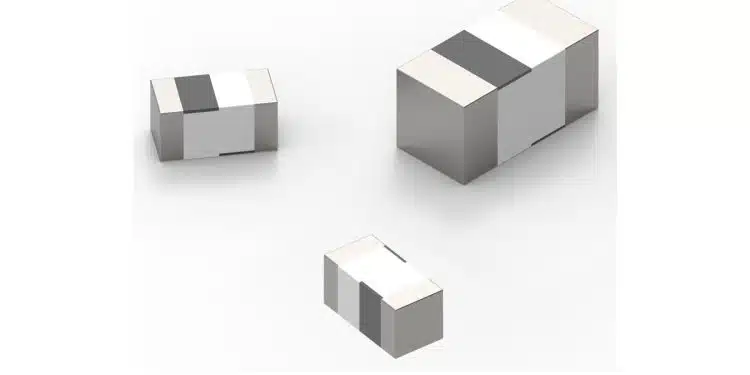Würth Elektronik introduces its WE-MCI automotive-qualified high frequency multilayer SMD chip ceramic inductors with tight tolerances.
Würth Elektronik now offers WE-MCI — a series of high-frequency SMD chip inductors boasting a wide range of values: The 0402 package covers inductance values from 1 to 270 nH, while the WE-MCIs in a 0603 package range from 1 to 470 nH.
A special feature of these automotive-approved components is their unusually tight tolerances of ±5% or ±0.3 nH for those models below 5.6 nH.
AEC-Q200 qualified, with an operating temperature range -55 to +125°C, the SMT mountable components are suitable for applications in infotainment, keyless access systems, Bluetooth and filter circuits, to name but a few.
The WE-MCIs are provided with polarity markings on both sides for improved production control.
Features
- Multilayer inductor with ceramic body
- Operating temperature range: -55 ºC up to +125 ºC
- Double side polarity marking
- Inductive tolerances of 5%; 0,3 nH
- AEC-Q200
- Automotive approved
Applications
- Infotainment
- Key-less entry
- Filter circuits
- High frequency circuits
- Bluetooth
Important service for developers
Design kits are available for both inductor package types, so components with the right values are always at hand. Würth Elektronik will always replenish these design kits free of charge.
































